
Pin on Ancient Rome and Greece
After Nero's death in 68 AD, the emperors who succeeded him returned large parts of the Domus Aurea to the city. Thus, on top of Nero's palace , rose public monuments like the Colosseum and all the buildings connected with it (eg the gladiators' barracks, their hospital and the depot for the stage equipment used during the spectacles.
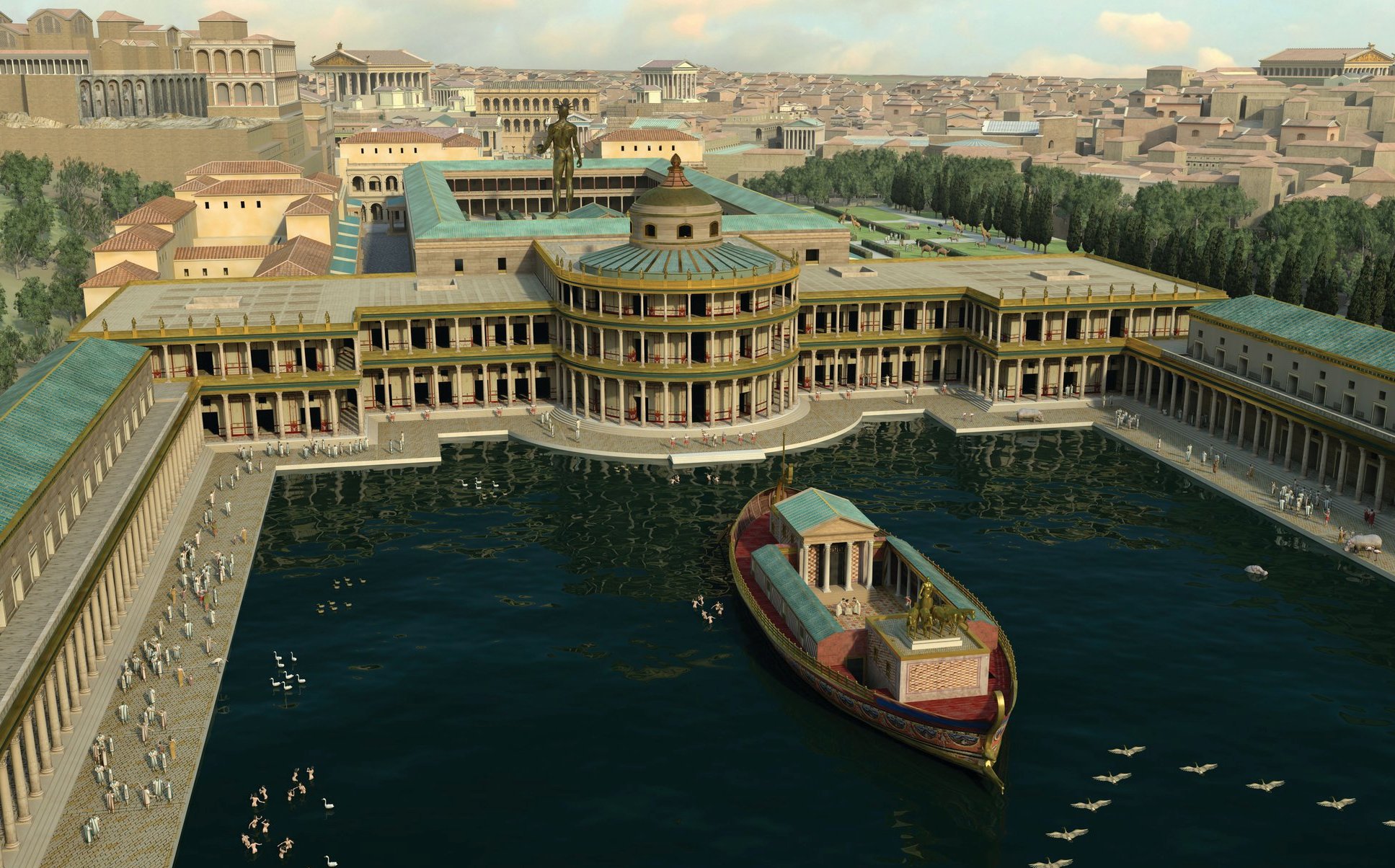
Domus Aurea Zlatý palác přivedl Nerona na mizinu EpochálníSvět.cz
The Domus Aurea once contained 300 rooms, grand gardens, an artificial lake, and even a rotating dining room. The palace complex spanned at least 50 hectares (123 acres) in the heart of the city of Rome.
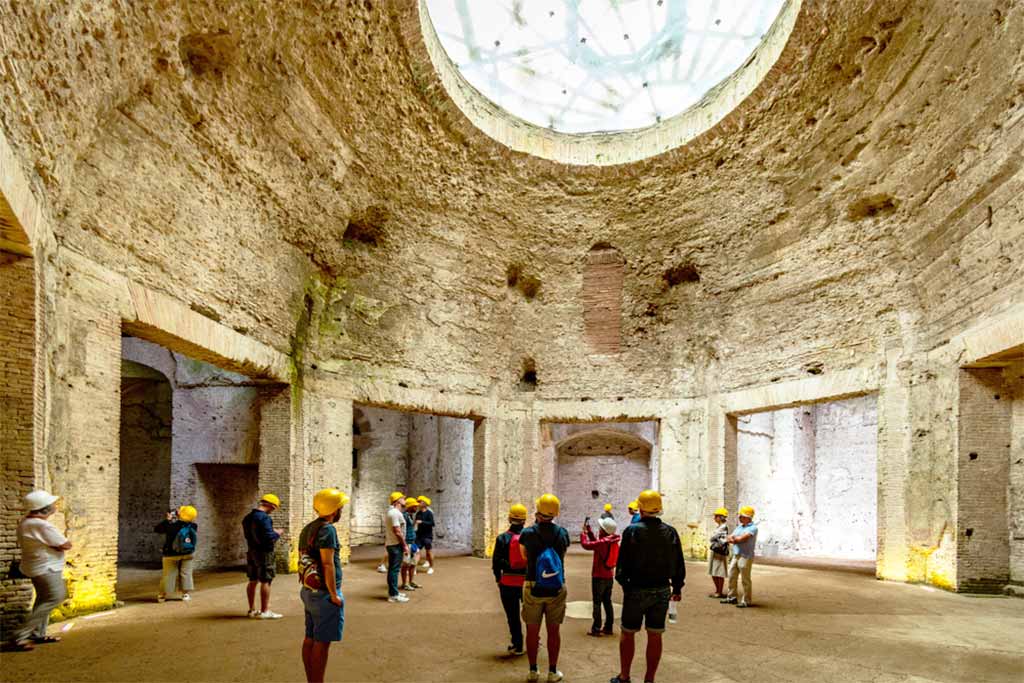
The Domus Aurea reopens to the public Italy Rome Tour
Reise in Neros Zeiten: Virtuelle Tour durch die Domus Aurea - YouTube © 2023 Google LLC In Rom kann einer der spektakulärsten Attraktionen aus der Zeit der alten Herrscher jetzt neu erlebt.
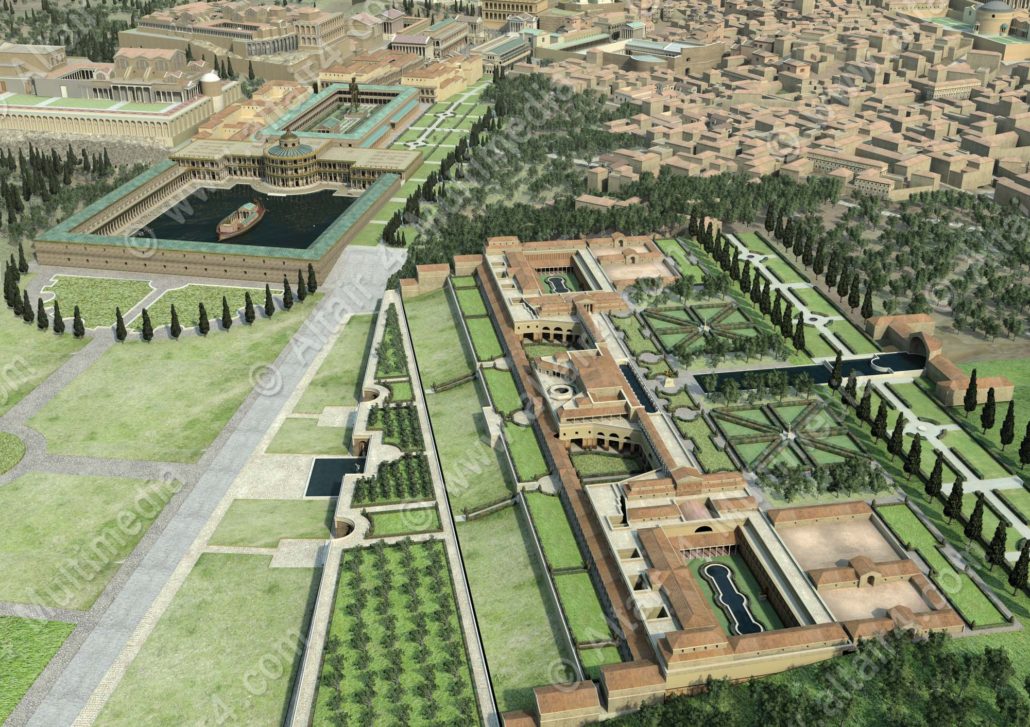
Domus Aurea a Must See in Rome
The Domus Aurea. After the devastating fire of 64 AD, which destroyed much of the centre of Rome, the emperor Nero began building a new residence, which for pomp and splendour went down to history by the name of the Domus Aurea. Designed by architects Severus and Celer and decorated by the painter Fabullus, the palace consisted of a series of.
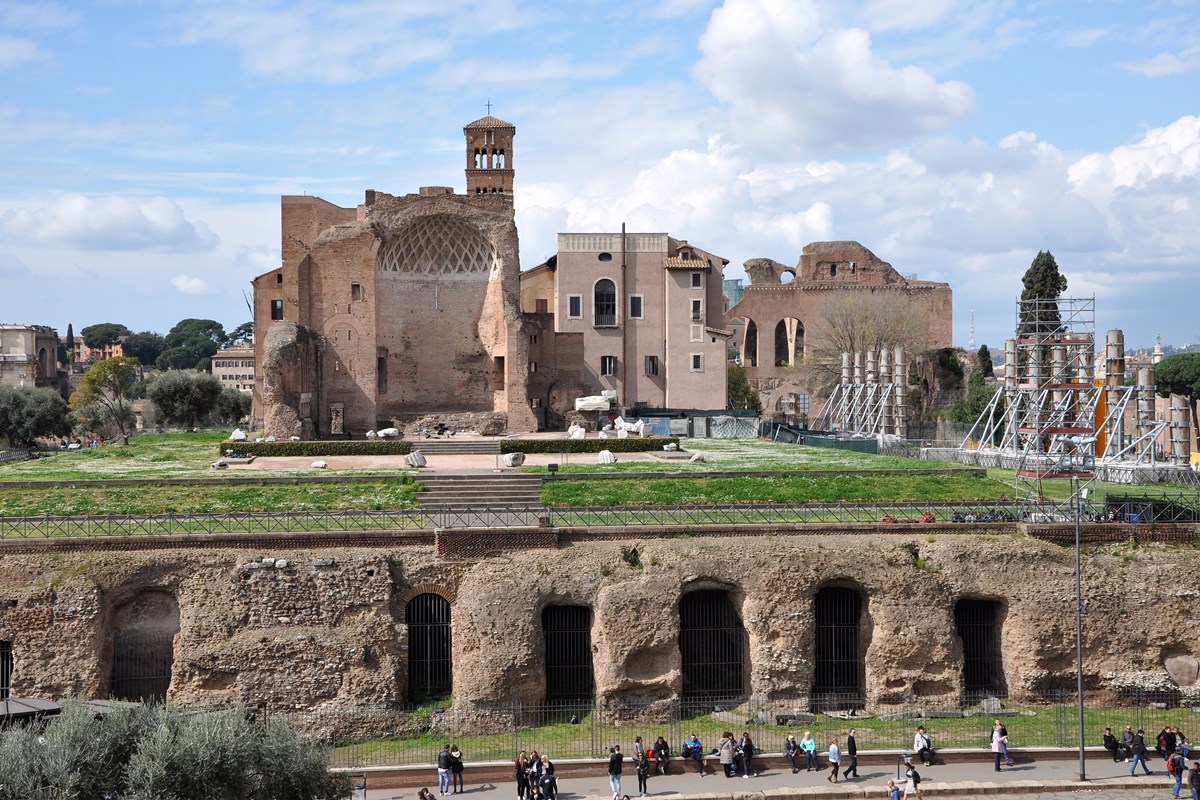
Domus Aurea Het gouden huis
The Domus Aurea ( Latin, "Golden House") was a vast landscaped complex built by the Emperor Nero largely on the Oppian Hill in the heart of ancient Rome after the great fire in 64 AD had destroyed a large part of the city. [1] It replaced and extended his Domus Transitoria that he had built as his first palace complex on the site. [2] [3] History

Colorized plan of the Domus Aurea Ancient architecture, Rome history
The Domus Aurea in Rome. Built for Emperor Nero after the great fire that devastated Rome in 64 AD, the Domus Aurea (the Golden House) was a huge, extravagant - and somewhat megalomaniacal - palace covering dozens of acres! After falling into oblivion, the Domus Aurea was rediscovered in the 15th century and is now open to visit: an.

The reconstruction of the Virtual Neronis Domus Aurea Aurea, Imperio
The "Domus", or house, which according to the Emperor had to be "Aurea" (golden) because it had to reflect the light he emitted as the sun God, was built by Nero following the terrible fire that destroyed a large part of Rome in 64 A.D. However, Nero died a few years later and the residence only outlived him for a handful of years: palazzi, gardens, porticos, fountains and statues were.

34 best Domus Aurea images on Pinterest Ancient rome, Ancient
After the devastating fire of 64 AD, which destroyed much of the centre of Rome, the emperor Nero began building a new palace, that for its splendour started to be identified by the name of "Domus Aurea". After Nero's death, his successors decided to cancel all memories of the emperor and especially of his residence.

Domus Aurea mai vista da ora la visita è anche immersiva e in 3D
Inside the Domus Aurea, once the home of Emperor Nero in ancient Rome. CBS News Two thousand years ago, this labyrinth, now underneath the city of Rome, was the sprawling home of Emperor Nero.

056AUGUSTUS(27BC TO 98AD)TRAJAN restored view of Octagonal room, of
This paper aims to reconsider some issues concerning Domus Aurea's wall paintings and their reception in the Early Modern Age. The first part of the article is focused on two main archaeological issues.

Palatine Hill Reconstruction Roman house, Ancient architecture
A sweeping visual history of the fascinating vault inside Emperor Nero's Domus Aurea. The Volta Dorata is a vault in Rome's Domus Aurea, built by Emperor Nero in AD 64-68. This volume provides a critical analysis of all graphic works―including drawings, watercolors and engravings―depicting the Volta Dorata since its discovery by early.

IPAT2015_BrognoliOliviero The reconstruction of the Virtual Neronis
The Domus Aurea, or the "Golden House," was a large and extravagant palatial complex built by Emperor Nero in Rome in the mid-first century CE. Renowned for its opulence and splendor, the Domus Aurea covered a vast area, including gardens, pavilions, fountains, pools, and even an artificial lake. The Palace's many rooms were covered in gold and decorated with precious stones and gems.

Épinglé sur architectural history, mimarlık tarihi
Nero's palace, the Domus Aurea (Golden House), is the most influential known building in the history of Roman architecture. It has been incompletely studied and poorly understood ever since its most important sections were excavated in the 1930s. In this book, Larry Ball provides systematic investigation of the Domus Aurea, including a.

Domus Aurea Domus, Roman architecture, Roman art
Cryptoporticus, Domus Aurea, 65-68 C.E., Rome Emergence of the grotesque When the palace was discovered, most of the walls were hidden below ground, but explorers were able to get up close and personal with the ceilings.

Ancient Rome, Ancient Cities, Ancient Art, Ancient History, Art History
Domus Aurea: the golden and the grotesque. Nero's spectacular palace in Rome, the Domus Aurea or 'Golden House', was rediscovered in the Renaissance. Dalu Jones describes how the opulent designs of its ancient halls inspired some of the most celebrated artists of the 15th and 16th centuries. Start. Minerva Magazine.
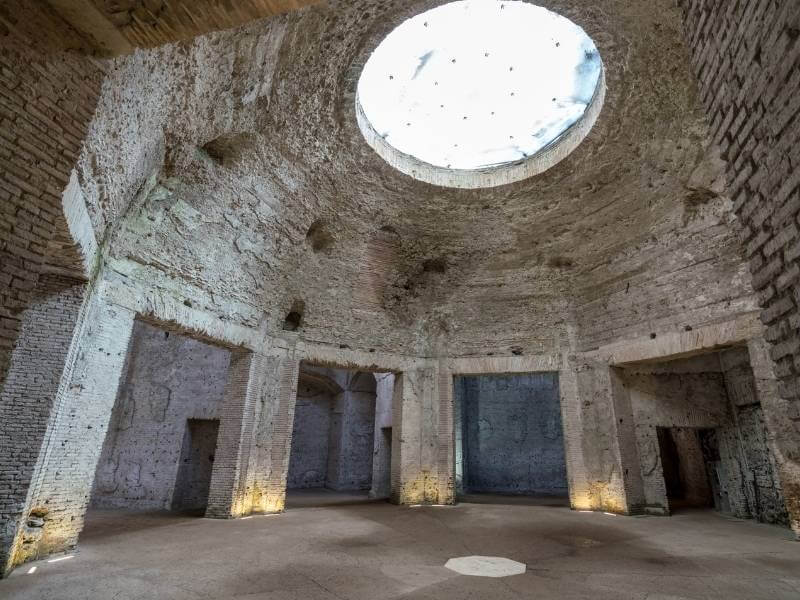
Domus Aurea in Rom Infos & Tickets zu Neros Palast
The Domus Aurea, Nero's Golden Palace. Hidden below the modern ground level of Rome lies the palace of the Emperor Nero (known as the Domus Aurea, the Golden House), one of the largest and most complicated Roman imperial complexes ever constructed. Roman emperors traversed its labyrinthine rooms and passageways, and centuries later the ruins.